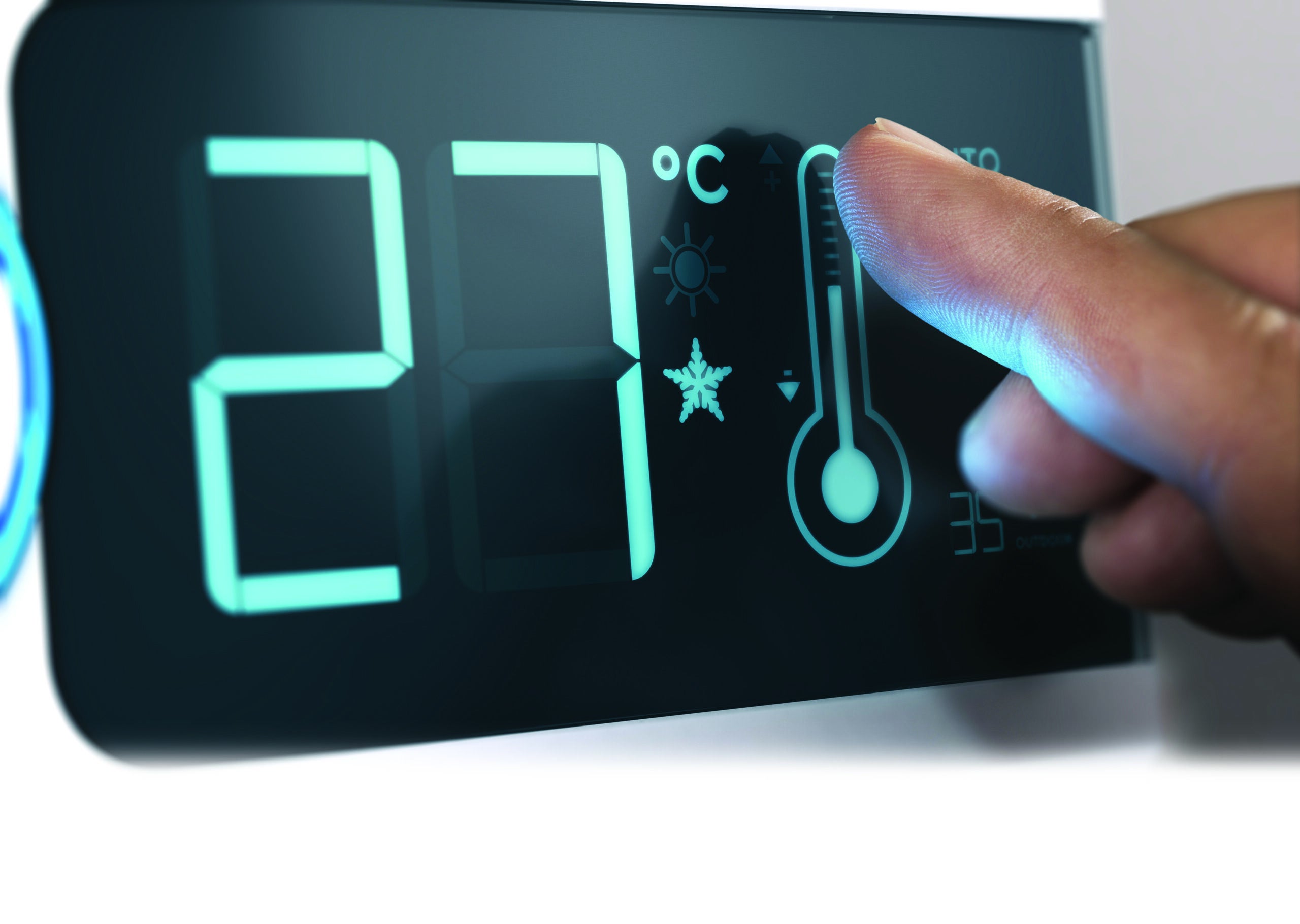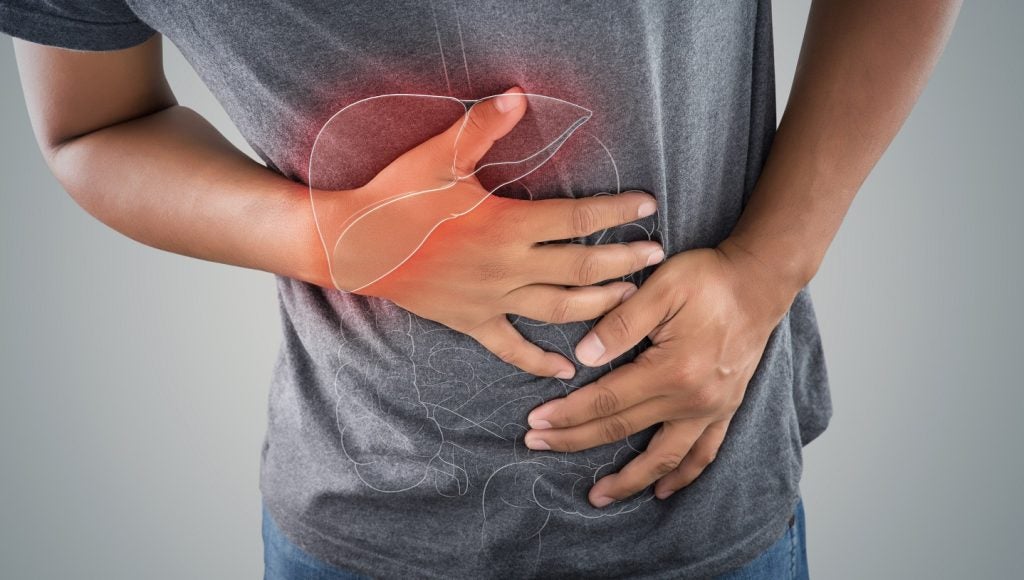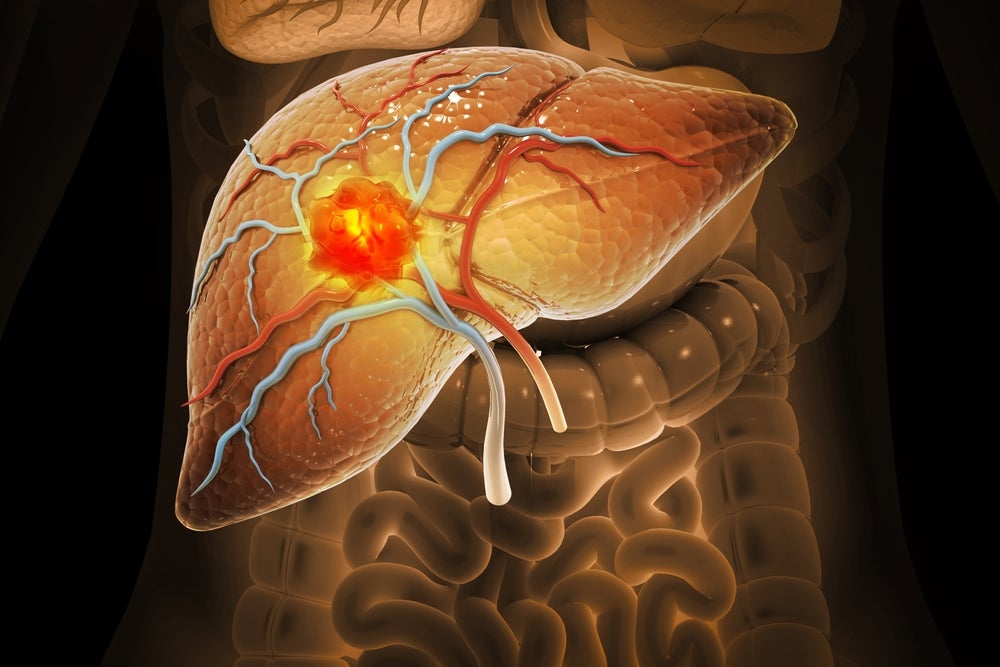
A biological cold chain shipment is on its way from the manufacturing site in South America to Europe. The reefer arrives in a European port and is being forwarded by road to the local warehouse location in one of the European states. The usual checks and releases are performed and signed off and the products are placed in the local cold room waiting for further distribution. Although the previous journey is the longest part of the full supply chain, the last mile distribution is still not “a piece of cake.”
Since the first leg is rather easy to control, the challenges faced in the final leg are still under continuous discussion since across the globe one-fifth of all children are unable to receive vaccines due to a broken cold chain.
Vaccines and a lot of other pharmaceutical products need to be kept in temperature controlled conditions (2-8°C or 15-25°C) from the moment they leave the manufacturing site until they get into the patient.
The challenges faced in last mile distribution depend on different aspects:
Type of Product and Stability Data
Understanding the shipment requirements and assessing the risk associated with the type of the shipped product is essential. Alignment with regulatory affairs and the quality assurance department are required to understand all details and follow-up actions, especially in the case of excursions or other deviations.
Stability data provides the characteristics of the product and indicate the time a product can be handled in a non-temperature controlled environment, all without impacting the efficacy of the product. The so-called “label claim,” together with the stability data, determine on the structure of distribution.
How well do you really know your competitors?
Access the most comprehensive Company Profiles on the market, powered by GlobalData. Save hours of research. Gain competitive edge.

Thank you!
Your download email will arrive shortly
Not ready to buy yet? Download a free sample
We are confident about the unique quality of our Company Profiles. However, we want you to make the most beneficial decision for your business, so we offer a free sample that you can download by submitting the below form
By GlobalDataGeographical Location and Logistic Infrastructure
One of the challenges the industry partially faces is once a cold chain product reaches the country of destination. The product has arrived in perfect conditions nevertheless, when the products make their way through the supply chain, the cold chain can break down due the country’s logistical infrastructure. In more rural areas, the energy can fail at some level where there is not enough grid power or diesel, and the pharmaceutical products are moved over long distances without adequate cold chain protection.
Unfortunately, the logistical infrastructure in some countries on our globe is not as sophisticated as stipulated by WHO (World Health Organization) guidelines, pharmaceutical regulations or (local) inspectorates. Therefore, the pharma industry should think beyond the airport/port of destination, and support those countries operationally and financially. The industry has a responsibility to ensure the product reaches the final patient under the full and right conditions without impacting the efficacy of the product.
Characteristics of Last Mile Distribution
So once a product has arrived in the airport/port of destination, the product needs to follow practical steps in the supply chain to maintain its integrity. Those steps will normally be a mixture of storage locations and transportation lanes. And even within a country, the transportation lanes can be a cross between different transport modes: road, air and sea. In all those steps, a basis of requirements has been determined.
According to chapter nine of the GDP guidelines (2013/C 343/01), it is the responsibility of the supplying partner to ensure that temperature conditions are maintained within acceptable limits during transport. Regardless of the mode of transport, it must be possible to demonstrate that the medicines have not been exposed to conditions that may compromise their quality and integrity. A risk-based approach should be utilized when planning transportation.
This means the pharma industry, together with their network of partners, should put in place a mapping execution and lane validation studies based on a risk analysis. Depending on the risk and local infrastructure,a different distribution model can be chosen:
Active
In this instance, products are transported in temperature controlled systems (e.g. vans or trucks) via the specific and agreed commercial country model. At the point of destination, the products will be offloaded and temperature graphs will be checked to demonstrate the products have complied with the temperature storage conditions. When approved, the customer QP will release the products for the market.
If temperature-controlled vehicles are used, the temperature monitoring equipment should be maintained and calibrated at regular intervals. Temperature mapping under representative conditions should be carried out and should take into account seasonal variations. If requested, customers should be provided with information to demonstrate the products have complied with the temperature storage conditions.
Passive
Here, products are transported using passive shippers or systems in accordance to the specific and agreed commercial country model. On the market, there are different types of boxes available and depending on, for instance: 1) the size of the shipment, 2) the duration the products should be kept within its limits, and 3) reusability, the right type of passive system can be chosen.
If cool-packs are used in insulated boxes, they need to be placed such that the product does not come in direct contact with them. Staff must be trained on the procedures for assembly of the insulated boxes (seasonal configurations) and on the reuse of cool-packs.
Devices
Active and passive last mile distribution can be combined with additional devices that are added to the shipment on places based on the validation, mapping of the systems, and the vehicles being used. On the market, there are different types of devices available; they can be USB-enabled, some are reusable, whereas others can only be used one way. Additional factors that are important to consider are the number of measurements per time interval and the calibration method used. The goal of using devices is that a full and right conclusion can be drawn about the status of the shipment when it arrives at the point of destination. As part of the release process, those data will be used and are finally required to serve the patient in the country.
Final Thoughts
Last mile distribution, as described in this article, is the most complex part of the supply chain. Since the product been on its way already for thousands of miles, the risk factors in the last miles are tremendous. For the product to not make it in time and under the right conditions can have a serious effect on the patient. Since compliance and cost are at stake here, the industry, together with various governments and NGOs, should acknowledge and mitigate those risks. To serve patients, it’s important to support countries where the logistical infrastructure is lacking with an unbroken, temperature-controlled cold chain.








Related Company Profiles
Viatris Inc
Qp Inc
World Health Organization